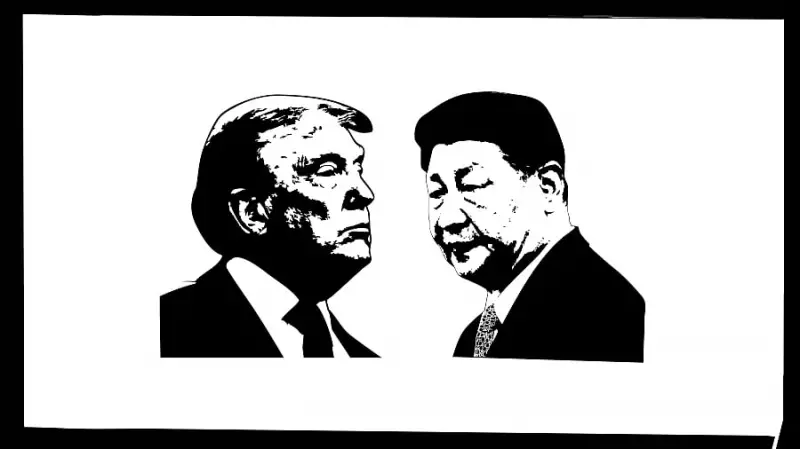
The geopolitical chessboard of South Asia is witnessing a dramatic transformation as two global heavyweights—the United States and China—engage in an increasingly sophisticated struggle for regional dominance. This isn't just about military positioning; it's a comprehensive battle spanning economic influence, technological supremacy, and diplomatic alignment.
The American Re-engagement Strategy
After years of perceived neglect during the Trump administration, Washington has returned to South Asia with renewed vigor under President Biden. The US approach has evolved significantly, moving beyond traditional security partnerships to embrace broader regional engagement.
Key elements of Washington's strategy include:
- Strengthening the Quad alliance with India, Japan, and Australia as a counterbalance to Chinese expansion
- Revitalizing economic partnerships through initiatives like the Indo-Pacific Economic Framework
- Enhancing security cooperation with regional navies to ensure freedom of navigation
- Offering development alternatives to China's Belt and Road Initiative
China's Calculated Expansion
Beijing's approach to South Asia has been methodical and resource-backed. Through massive infrastructure investments and strategic debt diplomacy, China has established significant footholds across the region.
The Belt and Road Initiative remains China's primary vehicle for influence, with Pakistan serving as its cornerstone through the China-Pakistan Economic Corridor. However, Chinese ambitions extend far beyond, encompassing ports in Sri Lanka, transportation networks in Nepal, and development projects in Bangladesh.
India's Delicate Balancing Act
For New Delhi, this great power competition presents both opportunities and challenges. While India has strengthened its strategic partnership with the United States, it maintains complex economic ties with China that cannot be easily severed.
India's strategic considerations include:
- Preserving strategic autonomy while benefiting from US partnership
- Countering Chinese influence in neighboring countries without triggering escalation
- Developing indigenous capabilities to reduce dependency on both powers
- Navigating regional relationships that have become more complex due to great power competition
The Regional Landscape Shifts
Smaller South Asian nations are increasingly adept at playing the great power game to their advantage. Countries like Bangladesh, Sri Lanka, and Nepal have learned to extract maximum benefits from both sides while avoiding exclusive alignment with either power.
This multi-alignment strategy allows regional states to access Chinese investment while maintaining security cooperation with the United States and India. However, this balancing act grows increasingly precarious as US-China tensions intensify.
Economic Dimensions of the Rivalry
The competition has expanded beyond traditional diplomacy to encompass trade, technology, and infrastructure. Both powers are offering competing visions of regional economic integration, with Washington emphasizing "high-standard" infrastructure and Beijing prioritizing rapid development.
The technological dimension is particularly significant, with the US restricting Chinese companies like Huawei while promoting American alternatives. This technological competition has profound implications for South Asia's digital future.
Future Trajectories and Implications
As the US-China rivalry intensifies, South Asian nations face increasingly difficult choices. The region's strategic importance ensures continued great power attention, but also increases the risk of being caught in the crossfire.
The coming years will test whether regional countries can maintain their strategic autonomy or will be forced to choose sides in what appears to be a prolonged great power competition. For India, the challenge lies in leveraging partnerships without compromising its independent foreign policy tradition.
What remains clear is that South Asia has become a central theater in the defining geopolitical struggle of our time—one whose outcome will shape the regional order for decades to come.





